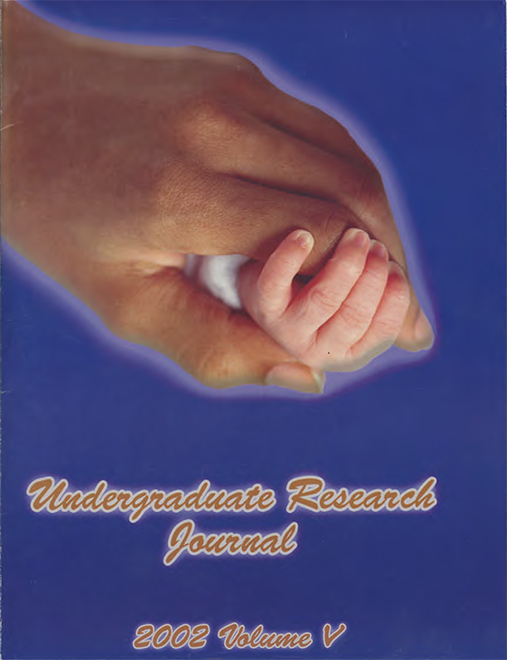The Depths of Allegory in Hawthorne's "Young Goodman Brown"
Main Article Content
Abstract
The following is a literary criticism centered on the historical, psychological and religious perspectives combined for a more comprehensive view of Hawthorne's "Young Goodman Brown". Sources are drawn upon to prove the historical and religious Calvinistic and Puritanical beliefs that become important to the work, as well as Hawthorne's own life as an exemplar of historical basis in fiction. Finally, the psychological aspect of "Young Goodman Brown" completes the picture of a journey in which Man's Fall is inevitable. The story is literally and metaphorically a journey of a newlywed man who is walking toward spiritual crisis, hand-in-hand with the Devil himself. Set in Salem about the time of the Salem witch trials, it provides the backdrop to an eerie journey into the dark forest and the darkness of man. Goodman Brown makes a decision, ambiguous to readers, and reveals his new insight into his fellow townspeople and his new wife. Hawthorne warns of the dangers of religion 'out-of-control', and uses his symbolic inferences to develop these ideas. The research seeks to prove that a comprehensive, multi-pronged critical approach to "Young Goodman Brown" is needed in order to fully comprehend the many layers of allegory Hawthorne communicated so masterfully.
Downloads
Download data is not yet available.
Article Details
Section
Articles
IUSB Student Journal Copyright Agreement
☐ I declare that this submission is my original work, and that it does not, to the best of my knowledge, infringe upon anyone's copyright.
☐ I agree that that [the journal] may, without changing the content, translate the submission to any medium or format for the purpose of preservation.
☐ The Undergraduate Research Journal may keep copies of my submission, and to translate it to any medium for future reproduction and distribution. I understand that I have the right to request that my submission be removed from IUSB online sources at any time by emailing Stephen Finlay, IUSB ScholarWorks administrator, at scfinlay@iusb.edu. Once I have made the request, the item in question will be taken down immediately.
